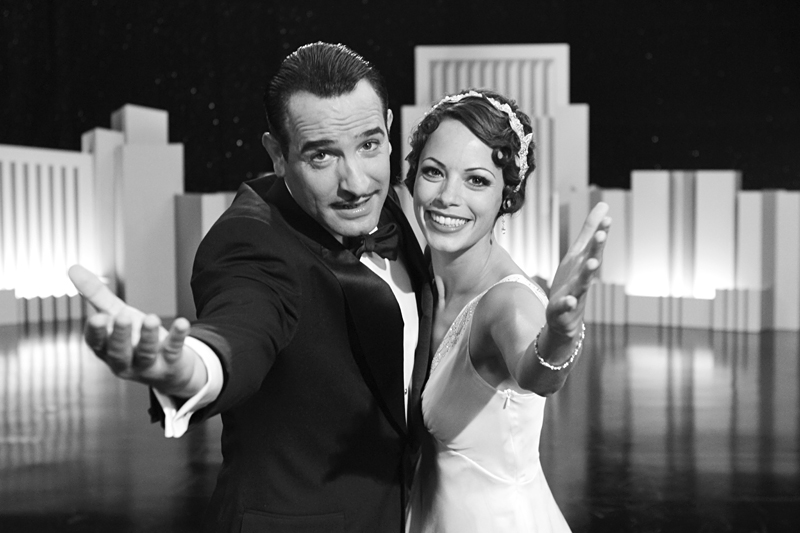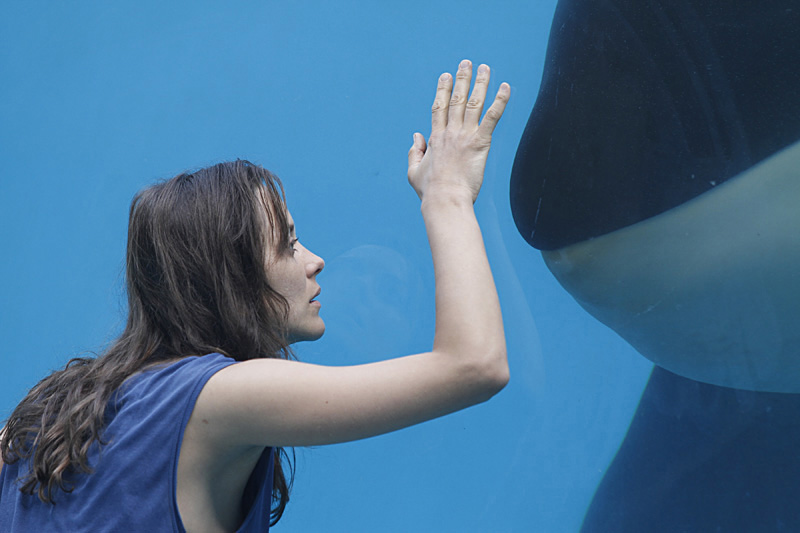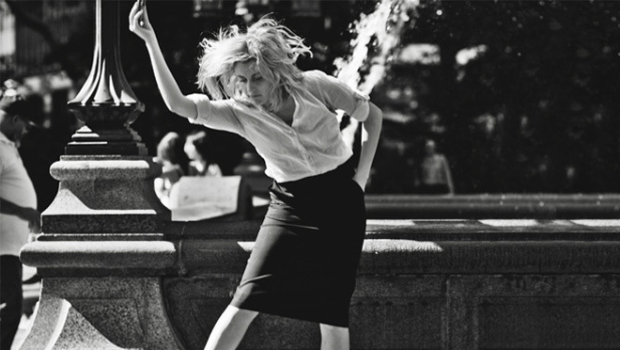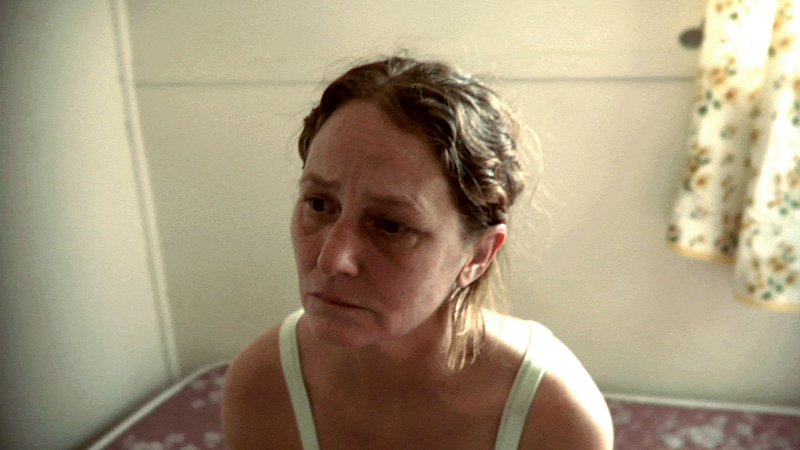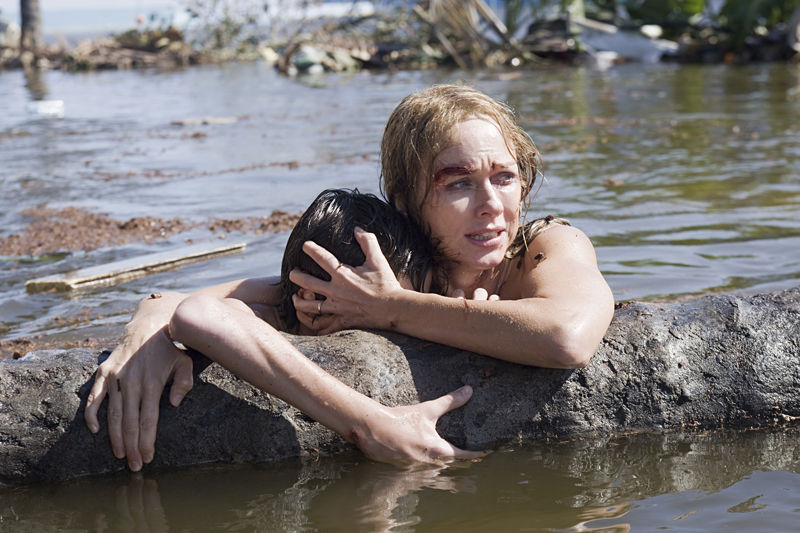An undeniably charming homage to Hollywood in the late 1920s, The Artist will probably be the most successful silent movie since the days of the Gish sisters. It might also be the first silent film many of its viewers have ever seen.
French writer/director Michel Hazanavicius, who has previously struck gold by mining the past with his Bond-era spoofs (and Gallic box-office hits) OSS 117: Cairo, Nest of Spies (2006) and OSS 117: Lost in Rio (2009), eases neophytes’ discomfort by creating the cinematic equivalent of an amuse-bouche (an amuse-oeil?). Although many of the silent period’s technical aspects are expertly re-created—shooting at 22 frames per second, the boxy 1:33 aspect ratio—The Artist‘s blithe presentation of the transition from sound to talkies is even less complex than the one in Singin’ in the Rain.
The film opens in 1927, when preening matinee idol George Valentin (Jean Dujardin, the lead in the OSS 117 capers), saluting his own life-size self-portrait in his mansion every morning, is still the top draw at Kinograph Studios. Ignoring the increasingly icy glares his wife (Penelope Ann Miller) aims at him from across the breakfast table, George acts as a mentor to Peppy Miller (Bérénice Bejo), a chorine with big ambitions. Borrowing heavily from A Star Is Born (just as the score does, rather incongruously, from Bernard Herrmann’s music for Vertigo), The Artist tracks both Peppy’s ascent (through amusing montage) and George’s decline as he refuses to acknowledge synchronized sound as more than a passing fad. By 1932, Peppy’s attracting lines around the block for her latest, Beauty Spot, while George spends his afternoons passed out on a barroom floor, his Jack Russell terrier his sole remaining fan.
Or so he thinks: Peppy has never forgotten him, and the film’s concluding act restores The Artist‘s buoyancy. The movie pivots on the spry connection between the mute (save for one scene) Dujardin and Bejo, both nimble performers elegantly turned out in period finery and pomade. If the charm offensive comes on too strong at times, it’s the result of a ham playing a ham: Dujardin, who won the Best Actor award at Cannes, seems incapable of not daring us to adore him, constantly arching his brow and flashing his choppers—a surfeit of cute for a character already inspired by suave silent-era smoothies like Douglas Fairbanks. The Artist is movie love at its most anodyne; where Guy Maddin has used the conventions of silent film to express his loony psychosexual fantasias for more than a decade, Hazanavicius sweetly asks that we not be afraid of the past.
